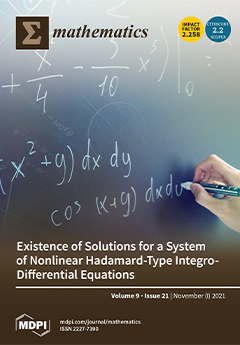People have had an interest in harmony issues for thousands of years; however, there is still no elaborated system of views on these questions. Ancient Greeks understood harmony as an agreement of opposites. A surge of interest in the study of the harmonic aspects of being occurred in the twentieth century due to the development of systems science, particularly regarding synergetic system effects. At the same time, there are still relatively few applications of synergetics because of the absence of an accurate methodology for the identification of system harmonicity. The aim of this research is to develop the methodology for the quantitative assessment of system harmonicity by considering a practical example: the quantitative assessment of the harmonicity of the road safety provision system (RSS) and its dynamics during the last 15 years (2006–2020). In addition, the impact of the COVID restrictions on population mobility in Russia in 2020, on the change in the harmonicity of the road safety provision system, is considered. During the research it was established that the quality factor
g of the Russian road safety provision system changed from
g2006 = 1.9565 to
g2020 = 2.4646, which promoted the decline of the relative entropy of the Russian road safety provision system from
Hn RSS2006 = 0.8623 to
Hn RSS2020 = 0.7553. The deep reason for that change was the modification of relation between “weights” or the significance of the contribution of different elements of the cause-and-effect chain in the formation of the factual level of the road accident rate in Russia in the last 15 years. The main conclusion of this research is that the harmonicity of the Russian road safety provision system, assessed by the normalized functional general utility
GUn, has been increased, and it has already exceeded the level of harmonious reference systems
GUn = 0.618. In fact, the normalized functional general utility
GUn of the Russian road safety provision system increased from
GUnRSS2006 = 0.615 to
GUnRSS2020 = 0.652 (by 6.0%), from 2006 to 2020. Simultaneously, the share of the normalized used resource
Xn declined, allowing a conclusion to be drawn about a significant improvement in the balance “efficiency-quality” of the Russian road safety provision system. The COVID lockdown played a positive role in this process. Harmonicity of the Russian road safety provision system, assessed by the normalized general utility
GUnRSS, increased by 0.46% from 2019 to 2020.
Full article





